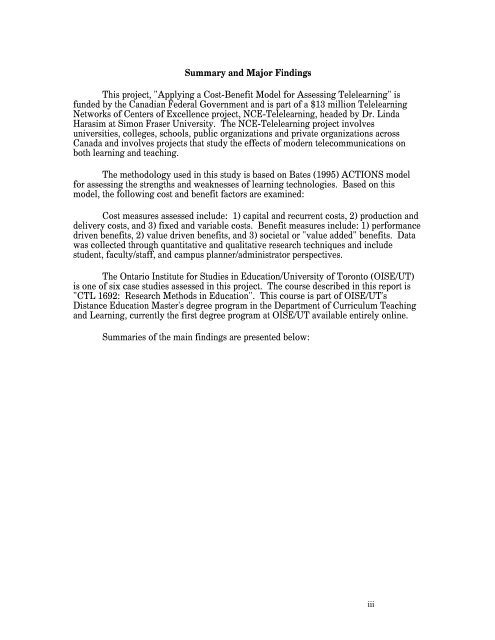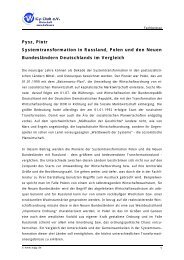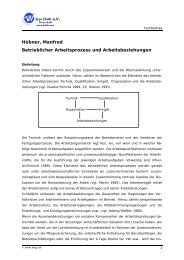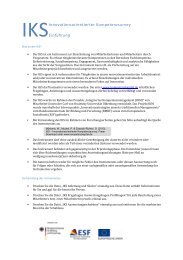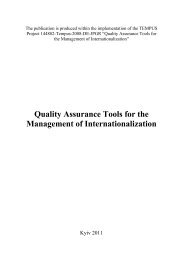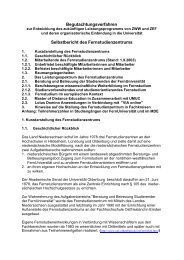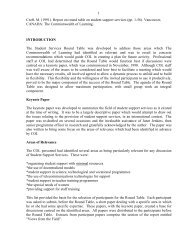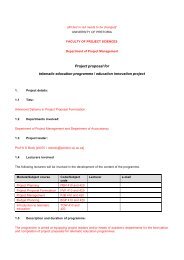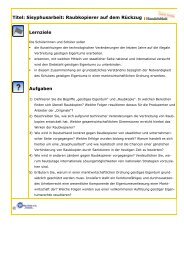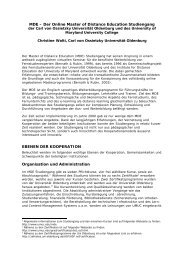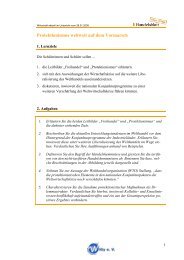Assessing the Costs and Benefits of Telelearning: A Case Study ...
Assessing the Costs and Benefits of Telelearning: A Case Study ...
Assessing the Costs and Benefits of Telelearning: A Case Study ...
Create successful ePaper yourself
Turn your PDF publications into a flip-book with our unique Google optimized e-Paper software.
Summary <strong>and</strong> Major Findings<br />
This project, "Applying a Cost-Benefit Model for <strong>Assessing</strong> <strong>Telelearning</strong>" is<br />
funded by <strong>the</strong> Canadian Federal Government <strong>and</strong> is part <strong>of</strong> a $13 million <strong>Telelearning</strong><br />
Networks <strong>of</strong> Centers <strong>of</strong> Excellence project, NCE-<strong>Telelearning</strong>, headed by Dr. Linda<br />
Harasim at Simon Fraser University. The NCE-<strong>Telelearning</strong> project involves<br />
universities, colleges, schools, public organizations <strong>and</strong> private organizations across<br />
Canada <strong>and</strong> involves projects that study <strong>the</strong> effects <strong>of</strong> modern telecommunications on<br />
both learning <strong>and</strong> teaching.<br />
The methodology used in this study is based on Bates (1995) ACTIONS model<br />
for assessing <strong>the</strong> strengths <strong>and</strong> weaknesses <strong>of</strong> learning technologies. Based on this<br />
model, <strong>the</strong> following cost <strong>and</strong> benefit factors are examined:<br />
Cost measures assessed include: 1) capital <strong>and</strong> recurrent costs, 2) production <strong>and</strong><br />
delivery costs, <strong>and</strong> 3) fixed <strong>and</strong> variable costs. Benefit measures include: 1) performance<br />
driven benefits, 2) value driven benefits, <strong>and</strong> 3) societal or "value added" benefits. Data<br />
was collected through quantitative <strong>and</strong> qualitative research techniques <strong>and</strong> include<br />
student, faculty/staff, <strong>and</strong> campus planner/administrator perspectives.<br />
The Ontario Institute for Studies in Education/University <strong>of</strong> Toronto (OISE/UT)<br />
is one <strong>of</strong> six case studies assessed in this project. The course described in this report is<br />
"CTL 1692: Research Methods in Education". This course is part <strong>of</strong> OISE/UT's<br />
Distance Education Master's degree program in <strong>the</strong> Department <strong>of</strong> Curriculum Teaching<br />
<strong>and</strong> Learning, currently <strong>the</strong> first degree program at OISE/UT available entirely online.<br />
Summaries <strong>of</strong> <strong>the</strong> main findings are presented below:<br />
iii


